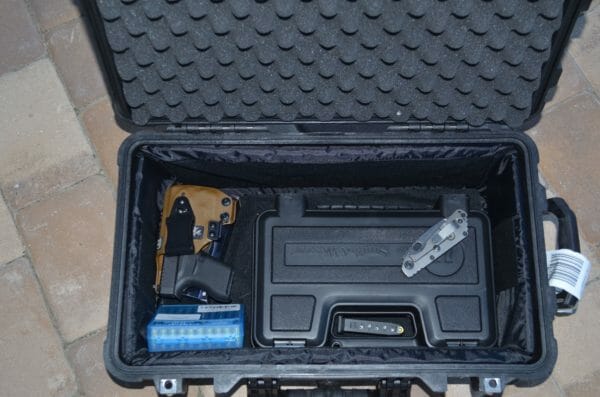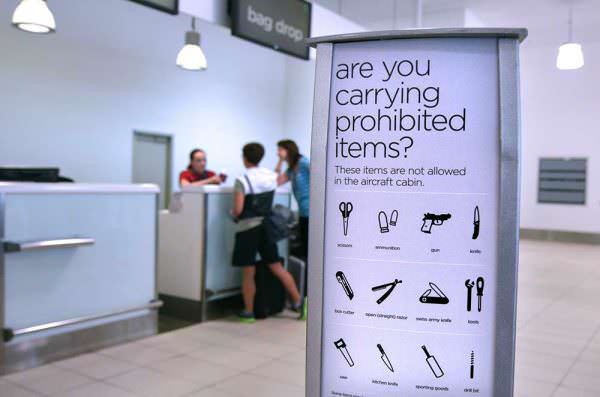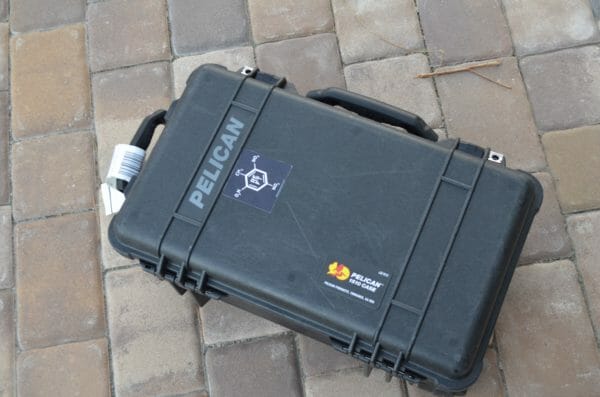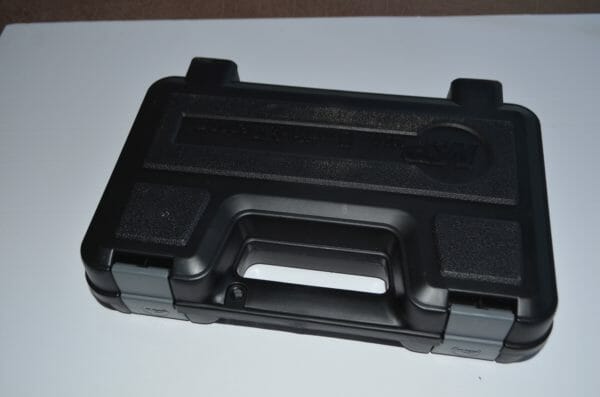 FeaturesStories from The Takeout about food, drink, and how we live.
FeaturesStories from The Takeout about food, drink, and how we live. The day my boyfriend put giardiniera on a pizza changed my life forever. That boyfriend, now my husband, is a third-generation pizza maker, and his suburban Chicago family pizzeria has served tavern-style pies and other Chicago-style Italian fare since the 1950s. As much as I’d love to shout out the pizzeria’s name, you’ll soon see why I’m going to keep that detail to myself.
Being married to pizza has many perks, undeniably. But as a pizza aficionado since I could eat solid food, it’s eye-opening to experience owning a pizza restaurant. I’m now immersed in the world of independent restaurants, for all its joys and heartaches. My husband grew up in an entire family that ran pizzerias, so treating a Tuesday afternoon (the slowest business day of the week) like most people’s Saturday is his norm. But for me, the responsibilities of owning a small business have been a huge adjustment.
There are certainly bright sides to owning a pizzeria—yes, I mean free pizza. But, there are downsides, too. Many. My family doesn’t get many holidays; we work Christmas Eve, Mother’s Day, New Year’s Eve and/or Day, Valentine’s Day. Those are big business occasions for the catering side of our mom-and-pop, and those are the days that the regular, already intense hustle goes into overdrive.
Restaurant owners like my husband are always working. Even if he has a day or evening off, something can come up—an employee not showing up to work or the pizza oven breaking in the middle of the Saturday-night rush. It’s a life of early mornings and late nights, whether to meet a contractor to repair an appliance or to organize and deep clean the restaurant.
But one of the more frustrating economic aspects of owning a pizzeria is competing with fast-food pizza chains. Fast-food pizza franchises have Super Bowl-sized advertising budgets, the support of a corporate force behind them, and national name recognition. When their pizza ovens break, there’s protocol. They also notoriously sell cheap pies made with mass-produced ingredients, whereas independent pizzerias like ours stake our reputations on high-quality, homemade pies at higher—but fair—prices.
So why do our pies cost more? What are you buying when you order pizza from us? Let’s break down the costs that go into our pizzeria’s 15-inch cheese pizza (large), which we sell for $16.50.
Ingredients and materials: $3.91
A simple cheese pizza in an independent pizzeria can be anything but simple to make—especially when you’re making the dough and sauce from scratch, and using high-quality, gooey cheese. According to Pizza Today, cheese prices are set by the “open outcry spot market” in a 10-minute daily trading session at the Chicago Mercantile Exchange. As I write this, the price for whole milk mozzarella is $2.08 per pound (we figure half a pound of cheese for each large pizza—$1.04). Wholesale supplies are cost-saving, especially when you’re ordering tomato paste and puree by the case, but together, all the ingredients that go into homemade pizza sauce can cost $1.99 per pizza. Throw in the flour and other ingredients used in the homemade dough, which amount to 45 cents, as well as 30 cents for a pizza box and 13 cents for a pizza circle.
Labor: $1.60
Minimum wage is a hot topic these days, and varies based on geography. At our pizzeria, the average hourly rate for employees is about $12 an hour. If you calculate the time it takes for one phone operator/cashier to take your order, one cook to make the pizza (roll the dough, add the sauce and cheese, slide it into the oven), cut it, box it and set aside for pickup or delivery, it is roughly 8-10 minutes in total—excluding cooking time.
Rent, Utilities, Odds/Ends: $5.65
Our suburban space is leased, so while the rent is a significant chunk of money per month, it is most likely lower than, say, a pizzeria in downtown Chicago. But adding up the cost for rent, heat, electricity, water, phone and internet services, the point-of-sale system and the loan repayment (which secured items like the pizza oven, dough mixer, prep tables, refrigerators, pizza rollers and other tools), plus periodic orders and maintenance of odds and ends like kitchen mats, menus, towels and aprons and cleaning supplies, it’s not insignificant.
The overhead cost for one large cheese pizza at our independent pizzeria is $11.16, which leaves a $5.34 profit. Keep in mind, though, the one variable a restaurant owner can’t control is how many orders they will get in a given day. It’s the make-or-break factor for any independent restaurant. Regardless of the foot traffic, online orders or calls, owners are still paying hourly wages, utilities and rent for the minutes that tick by without orders ringing in.
Growing up, I would visit family-owned restaurants across Chicago and dream of how cool it would be to own a restaurant and have complete creative control, feeding happy people, and hanging out at a place with unlimited soda.
From working nights, weekends and holidays to finding good help to customer complaints, the business can be a lot less glamorous than most people realize. Sure, the unlimited soda helps, but the job is not clock-in, clock-out. The first few years are a complete struggle, and we often refer to the pizzeria as a baby, because it always comes first. It requires a lot of care and attention, it teaches you a lot and can tear you down before bringing you back up. I don’t expect you to think about all that struggle—or math—while you’re eating our pizza, though. I just hope you think it’s the best pizza you’ve ever tasted, and well worth the money.
via Lifehacker
We sell our pizzas for $16.50. Here’s how the costs break down.

















